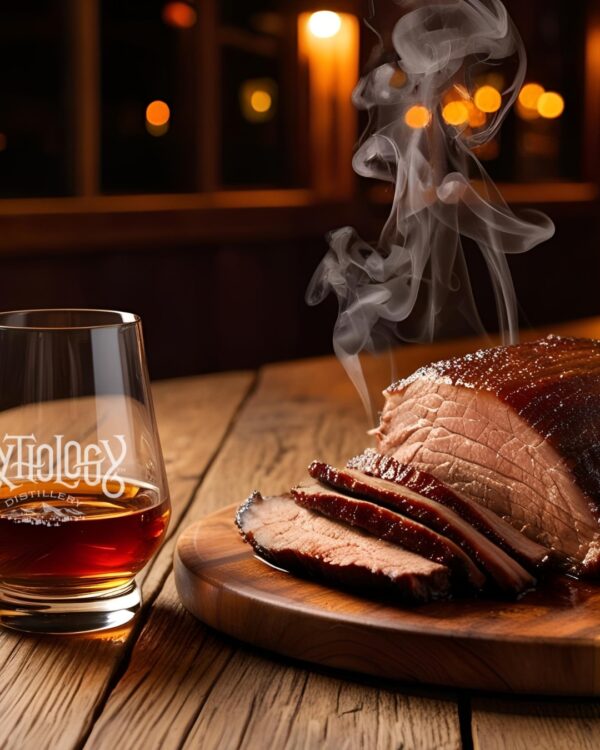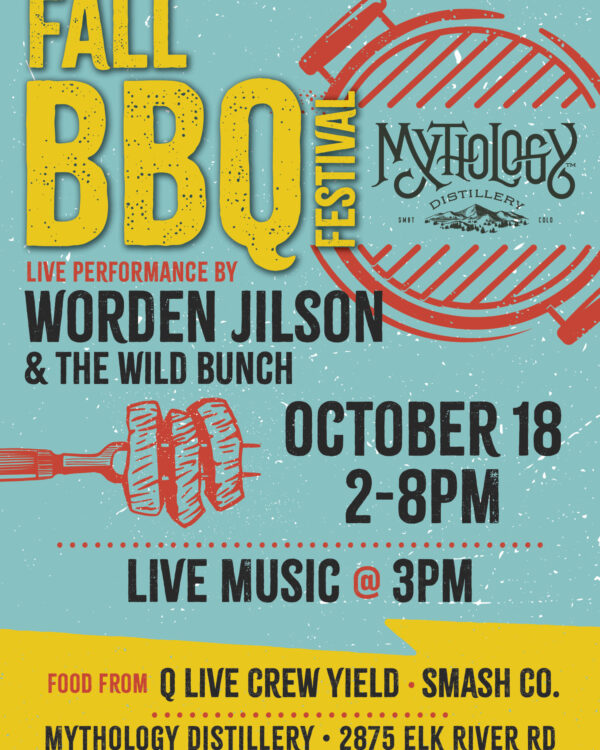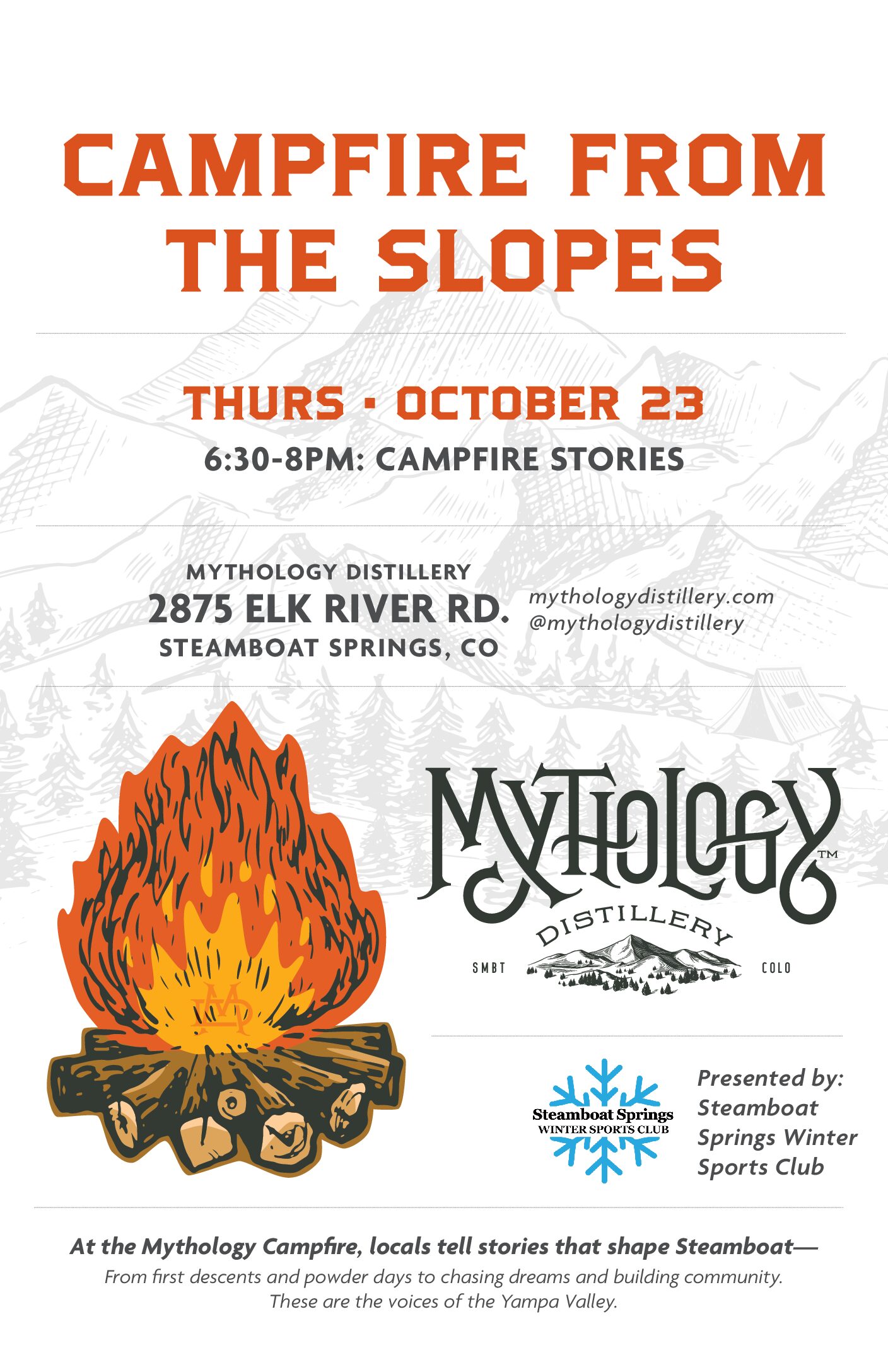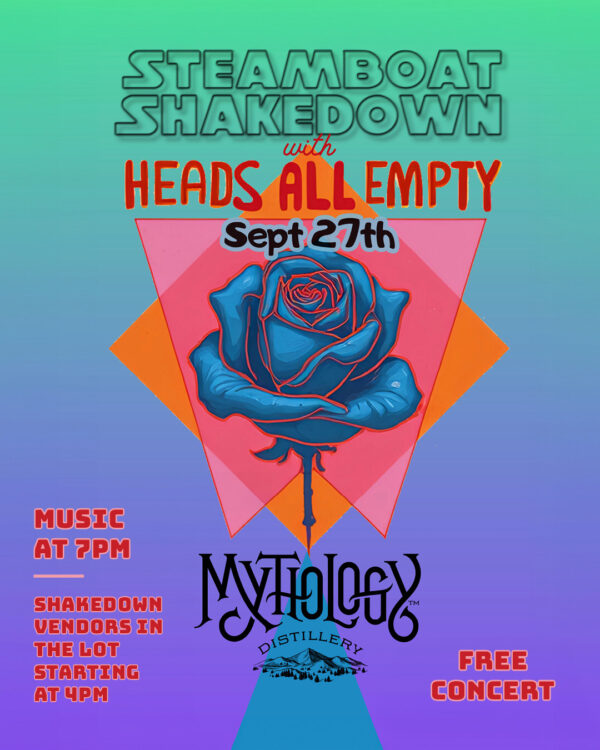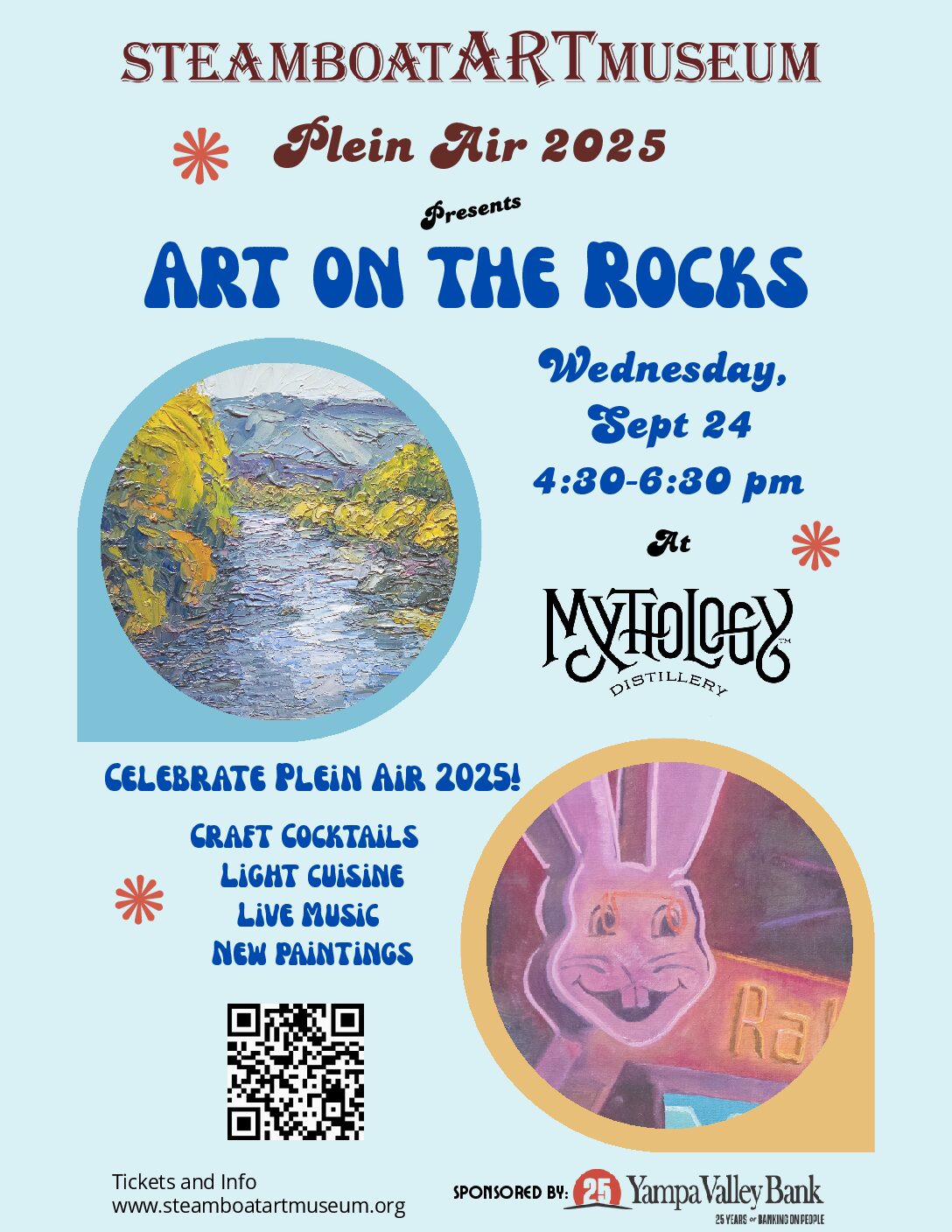Just in time for St. Patrick’s Day
We love uncovering the legends behind things we enjoy, and what better time than St. Patrick’s Day to take a deep dive into Irish whiskey? Known as “uisce beatha” (the water of life), this distinct spirit has been a cornerstone of Irish culture for centuries – symbolizing hospitality, and even a little mischief. We’re not surprised.
Whether you’re sippin’ it neat, mixing it into a cocktail, or just whiskey-curious, we think the lore of Irish whiskey is worth exploring. Let’s take a look.
What Makes Irish Whiskey Unique?
First of all, Irish whiskey is known for being smooth, light, and easy to drink. Here’s what really sets it apart:
• Distilled in Ireland – Must be made on the island of Ireland. This is kind of a biggie.
• Triple Distilled – Most Irish whiskeys are distilled three times, that’s what makes them exceptionally smooth.
• Made with Malted & Unmalted Barley – the mix contributes to a softer, slightly fruity flavor.
• Aging – Must be aged for at least three years in wooden casks.
• No Smoky Flavor – Unlike Scotch, Irish whiskey is rarely made with peat-smoked barley.
Flavor profile: Smooth, light, slightly sweet with notes of vanilla, honey, citrus, and spice.
Why is it Called The Water of Life?
Legend has it that early Irish monks saw whiskey as more than just a drink – they believed it had healing powers and might even be a gift from the gods. Since the 12th century, alcohol was often used as a cure-all, treating everyday ailments to “preserving the soul.” Naturally, the monks who crafted this fiery elixir gave it a fitting name: Uisce Beatha – the “water of life.” And honestly, who wouldn’t want a sip of that?
Even St. Patrick Loved Whiskey
While St. Patrick is best known for driving the snakes out of Ireland, some legends tie him to whiskey as well. We knew we liked him.
One popular story tells of a stingy innkeeper who tried to shortchange the saint by serving him a half-filled glass of whiskey. St. Patrick took the opportunity to teach the innkeeper a lesson, telling him that his cellar would be visited by a monstrous devil unless he repented and poured whiskey generously. The innkeeper, fearing the warning, changed his ways, and from then on, Irish hospitality and a full pour of whiskey became a point of pride.
More Whiskey-Loving Spirits of Ireland
The Clurichaun: BIG Whiskey guys
Everyone knows Leprechauns for hoarding their pots of gold, but their lesser-known cousins, the Clurichaun, were notorious for their love of whiskey, among other alcoholic beverages. We wonder what their tolerance level is…
These tiny tricksters were said to sneak into whiskey cellars at night, getting drunk and causing chaos. Some believed that a Clurichaun in the distillery was a sign of good whiskey, while others just kept a closer eye on their barrels.
The Banshee: Cursed Whiskey or Quality Control?
While the Banshee is often associated with foreboding wails before death, some stories suggest she would cry over whiskey barrels that had been tainted or poorly made. Distillers took this legend seriously – if they heard a banshee’s cry near their distillery, it was considered a bad omen, and they would double-check their whiskey for impurities.
Superstitions & Irish Goodbyes
Superstitions also played a role in how whiskey was consumed. Some believed that spilling whiskey was incredibly bad luck unless a small amount was flicked over the left shoulder to appease the spirits.
So after a proper night of whiskey drinking, you’ll inevitably come to a moment when you realize: If I say goodbye to everyone, I’ll never leave. Instead of enduring an endless loop of hugs and handshakes, the Irish simply vanish – a smooth exit, much like the smooth finish of a well-aged Irish whiskey.
On that note, Happy St. Patrick’s Day – let’s raise a glass, toast to Irish folklore, and uisce beatha!
“May your glass be ever full,
May the roof over your head be always strong,
And may you be in heaven half an hour before the devil knows you’re dead.”


